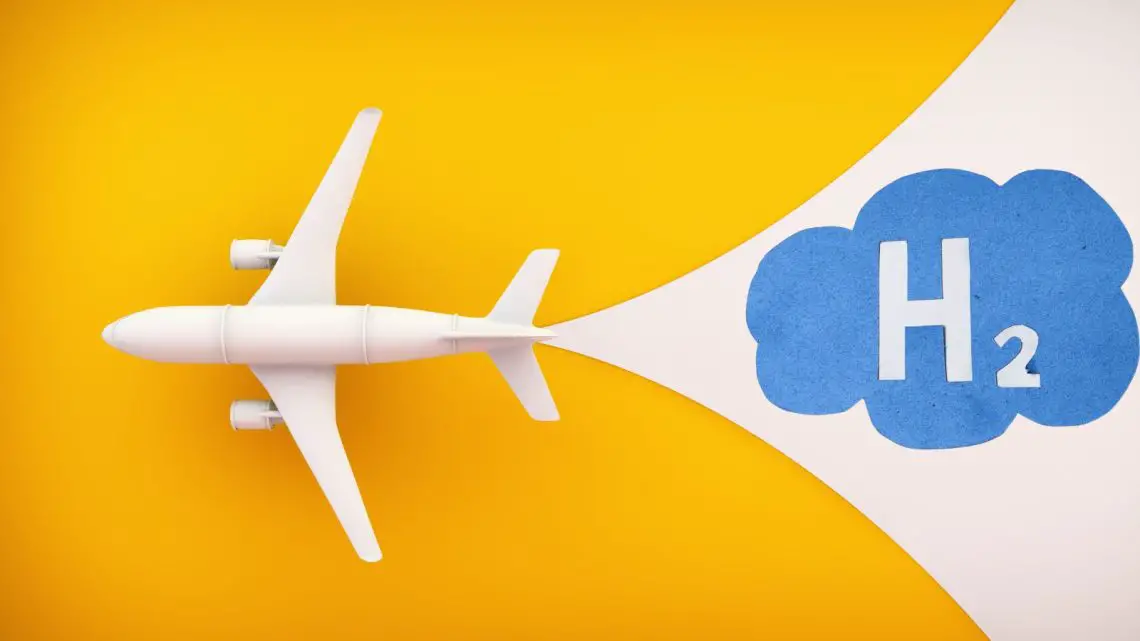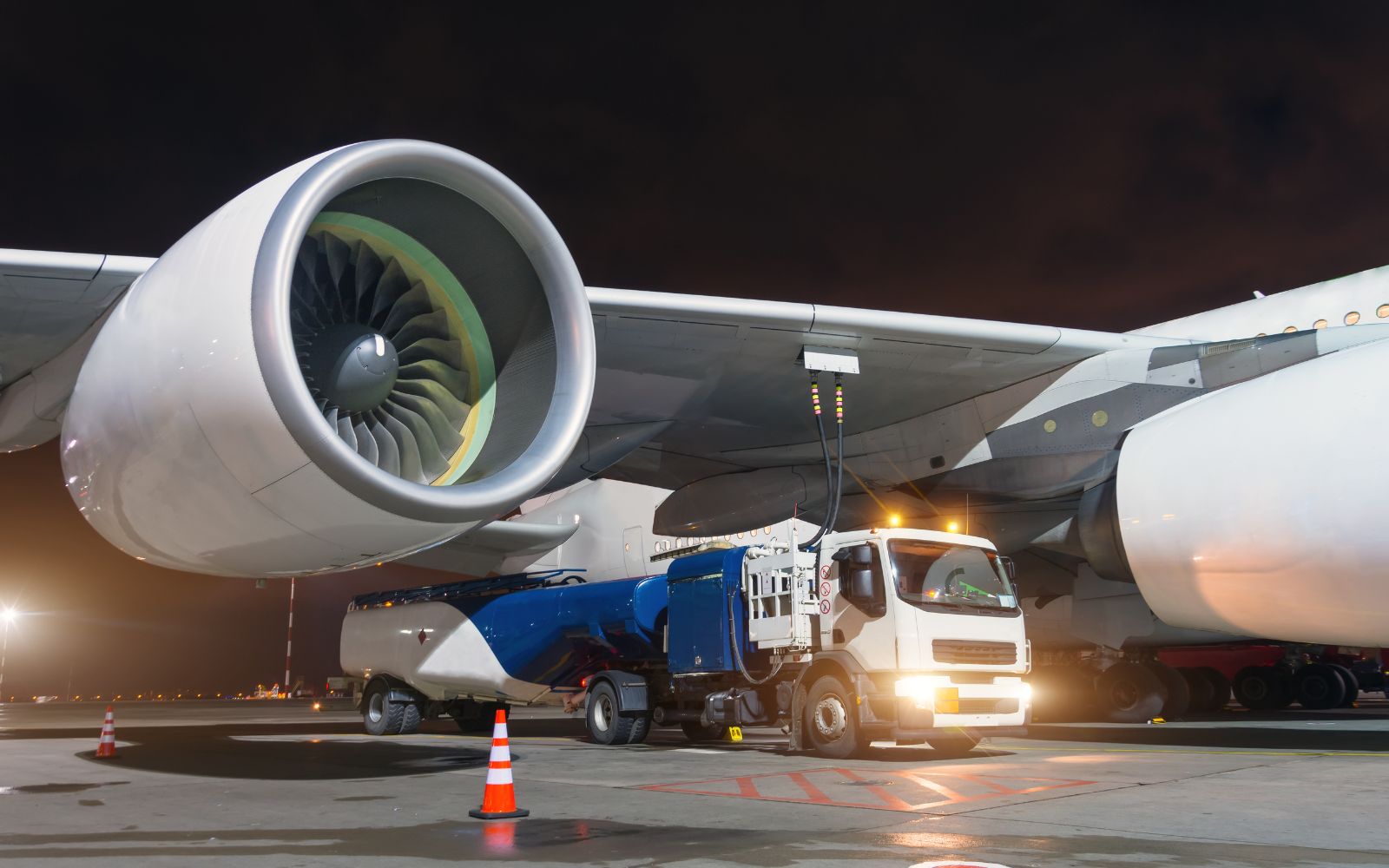
The Future of Aviation Industry – Why Hydrogen is the First Pick for the Industry
May 14, 2023Aviation Industry Aims for Net Zero Emissions by 2050
The aviation industry is under increasing pressure to reduce its growing carbon footprint and combat climate change. With billions of passengers traveling each year and millions of planes taking off annually, the industry is responsible for 2.5% of global CO2 emissions. In recognition of this, industry leaders have agreed to work towards achieving net zero emissions by 2050.
Why Hydrogen? The Reasons Might be Surprising
Most industry professionals agree on this: The future of air travel will be powered by hydrogen, a clean and abundant energy source that will revolutionize the aviation industry. Next-generation battery technology remains unsuitable for use in airplanes as batteries are too heavy and do not meet the necessary performance requirements. On the other hand, hydrogen offers a compelling alternative.
Hydrogen has the highest energy per mass of any fuel and is about three to four times lighter than jet fuel on an equivalent energy basis, making it a promising alternative to traditional fossil fuels. Hydrogen also does not release any emissions and is already used as fuel in space launches.
Major players in the aviation industry, such as Airbus, are exploring the technology and some successful flights have already taken place, albeit on small regional aircraft. A zero-emission plane that could compete with jet-fueled aircraft is within reach and could represent a giant leap forward for sustainable air travel.
A Huge Opportunity for Market Growth and Climate Change Solutions
With the aviation market predicted to grow rapidly, hydrogen-powered aviation offers a significant opportunity for market growth and climate change solutions. The current aviation market represents a $1.5 trillion industry that is in urgent need of transformation. The growth rates of the aviation industry are amongst the highest of all transportation types. Fortunately, all the necessary technology to use hydrogen as a solution is now available.
H2 Aviation History
Hydrogen has a rich history as an aviation fuel, with past experimentation dating back to several decades ago. In the late 1950s, hydrogen-powered aircraft were explored by the Department of Defense, and in 1988 the Soviets successfully flew an airliner, the Tupolev 155, powered by hydrogen.
A few smaller aircraft were also powered by fuel cells using hydrogen in the early 2000s, marking a significant step towards the usage of hydrogen as an aviation fuel. Despite the technical challenges that hydrogen-powered aircraft pose, the progress made over the years highlights the potential for hydrogen as a sustainable aviation fuel. 
Green Hydrogen: Cheaper than Jet Fuel with Renewable Energy and Tax Credits
Thanks to renewable energy and tax credit incentives, green hydrogen has the potential to be cheaper than conventional jet fuels over time. While fossil fuels are dependent on increasingly expensive extraction methods, green hydrogen is produced from renewable electricity – essentially creating a zero marginal cost.
The Inflation Reduction Act, passed in the summer of 2022, provides renewable energy and clean hydrogen plants with tax credits of up to 2.6 cents per kilowatt hour and $3 per kilogram of hydrogen through 2032. Taking these incentives and escalating oil prices into consideration, green hydrogen is already superior to jet fuel in terms of cost. Even without subsidies and oil price shocks, renewable electricity prices are expected to continue to fall, resulting in cost parity between green hydrogen and jet fuel.
Keeping Up: Major Milestones In Hydrogen Aviation
- Airbus is developing hybrid-hydrogen aircraft through modified gas turbine engines, with all three concepts of the ZEROe program utilizing this technology to power their aircraft using liquid hydrogen combustion. The goal of reducing emissions by more than 20%.
- ZeroAvia is a UK-based hydrogen electric aircraft startup which has partnered with United, American, British Airways, Alaska Airlines, and Shell to develop hydrogen-electric propulsion technology. Just recently announcing their project with Alaska Airlines to develop the world’s largest zero emissions aircraft.
- Universal Hydrogen, founded in 2020 and based in California, is another upstart developing hydrogen planes. It has raised $100 million and is aiming to bring a 10 to 20 seat aircrafts to market by 2025 with plans for 70 seat aircrafts after that. Also they tested the largest airplane ever to run on hydrogen fuel cells and plan on releasing their conversion kit in late 2025.
Technical challenges associated with hydrogen technology in aviation.
Despite the great potential that hydrogen-powered airplanes offer as a green aviation solution, their development is not without challenges. Among these challenges is the storage of hydrogen, which requires large volumes if stored as a gas, or extremely low temperatures (-425°F) if stored as a liquid. Additionally, fuel cells utilized for hydrogen-powered airplanes must stay humidified during aircraft tilts and rolls, presenting further technical obstacles. Nevertheless, several companies are currently experimenting with hydrogen technology, indicating that the industry is continuously working to overcome these challenges.
In conclusion, the potential benefits of green hydrogen as a sustainable aviation fuel are enormous and could revolutionize the aviation industry. Thanks to incentives such as tax credits and the increasing availability of renewable energy sources, green hydrogen has the potential to become cheaper than traditional fossil fuels, reducing the cost of air travel and contributing to sustainable development.



 HFN News is your leading source for fresh hydrogen and renewable energy updates. Amid the fast-paced growth of hydrogen companies, we provide top-notch news and insights about this exciting sector. Our coverage spans from hydrogen cars to global sustainable initiatives, and we highlight the latest in green jobs and developing hydrogen hubs. We invite you to share your local hydrogen news and explore today’s renewable energy job listings on our site. Thanks for choosing HFN News as your trusted guide to the hydrogen and renewable energy world!
HFN News is your leading source for fresh hydrogen and renewable energy updates. Amid the fast-paced growth of hydrogen companies, we provide top-notch news and insights about this exciting sector. Our coverage spans from hydrogen cars to global sustainable initiatives, and we highlight the latest in green jobs and developing hydrogen hubs. We invite you to share your local hydrogen news and explore today’s renewable energy job listings on our site. Thanks for choosing HFN News as your trusted guide to the hydrogen and renewable energy world!